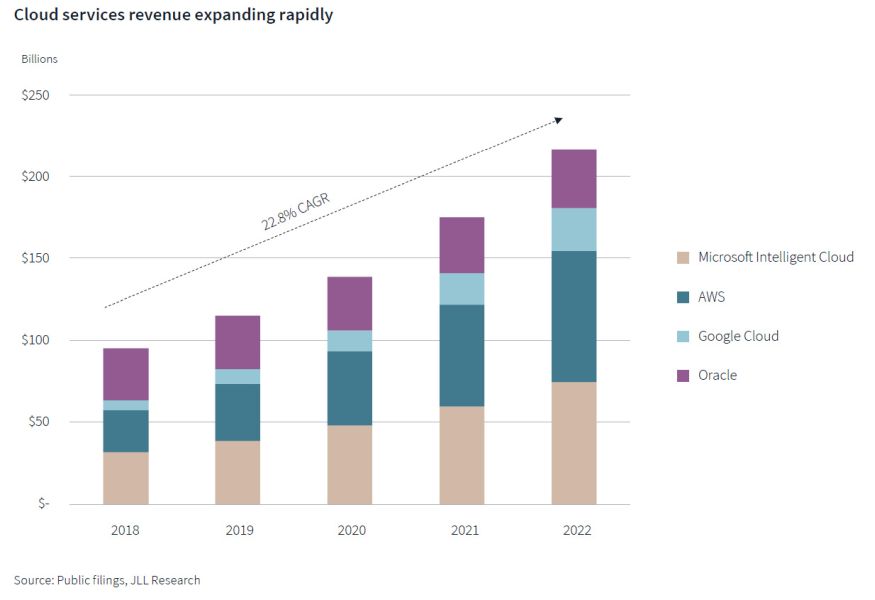The year 2023 witnessed unprecedented growth in the field of artificial intelligence (AI), propelling it into a multi-billion-dollar market. Analysts Leonard Lee and Karl Freund, during a recent neXt Curve reThink Webcast, shared insights into the current state of AI and the path forward in 2024.
AI’s remarkable growth in 2023
In 2023, AI experienced explosive market growth, resulting in a surge in stock prices for companies like Nvidia. Karl Freund, founder and principal analyst at Cambrian-AI Research, commented, “Last year was the first time in my career I’ve seen a multi-billion-dollar market spring up out of nothing. Suddenly, hockey sticks.” This extraordinary growth indicated a shift in the technological landscape, with AI taking center stage.
Despite the tremendous growth, AI technology continues to grapple with inherent challenges. Leonard Lee, executive analyst and founder of neXt Curve, highlighted ongoing issues such as model drift, hallucinations, and model collapse. These issues present significant obstacles that must be overcome to ensure the reliability of AI applications.
A learning curve for enterprises
One key challenge for enterprises considering AI adoption is the technology’s learning curve. Generative AI technologies, while promising, remain probabilistic in nature. Lee explained that enterprises are carefully assessing the suitability of AI, especially for mission-critical and safety-critical applications. The need for an exorbitant level of reliability requires a cautious approach to AI integration.
Companies have shown eagerness to experiment with AI, resulting in numerous proof-of-concept (PoC) projects. However, widespread deployment remains limited. Lee likened this situation to the history of the Internet of Things (IoT), where PoCs were abundant, but full-scale adoption lagged behind. Companies appear to be taking a measured approach, prioritizing cautious experimentation over hasty adoption.
Focus on present capabilities
Karl Freund advised companies to focus on the practical capabilities of AI in 2024 rather than wishing for future developments. He emphasized the importance of understanding what AI can achieve in the current landscape while minimizing associated risks. This pragmatic approach aligns with the need for businesses to derive tangible benefits from AI investments.
Analysts believe that the AI ecosystem will eventually overcome technological challenges. However, in the immediate future, companies must concentrate on harnessing AI’s existing capabilities effectively. Freund urged businesses to concentrate on realizable goals and applications that AI can deliver in 2024.
As AI continues to evolve, the year 2024 presents both opportunities and challenges for enterprises. The remarkable growth of AI in 2023 has established it as a multi-billion-dollar industry. However, the technology still grapples with issues such as model reliability and drift.
Enterprises are approaching AI with caution, conducting experiments and PoCs to evaluate its suitability for mission-critical applications. Analysts advise businesses to focus on what AI can deliver today, ensuring that they maximize its benefits while minimizing risks.
The journey of AI in 2024 promises to be an exciting one as the industry works to address existing challenges and unlock the full potential of this transformative technology.





